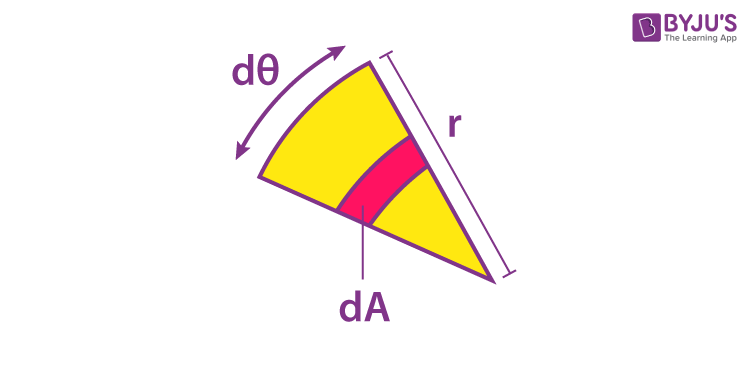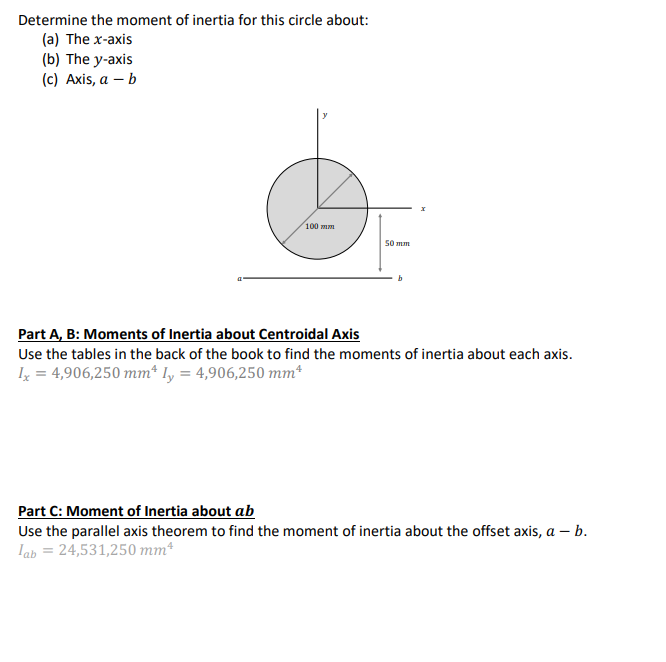

Calculation of these integrals can be very tedious. It should be noted that by the definition, the moment of inertia of a body depends not only on the particular axis on which it rotates, but also on its shape and the way in which its mass is distributed. For continuous rigid objects, the equation would be similar but making use of integrals instead of a sum. The moment of inertia is the sum of the masses of the particles making up the object multiplied by their respective distances squared from the axis of rotation. Moment of inertia can be defined by the equation The moment of inertia of an object rotating about a particular axis is somewhat analogous to the ordinary mass of the object. Figure 2 - Angled view of the apparatus Definition of Moment of Inertia PocketLab's magnetometer senses the magnetic field each time the magnet swings past PocketLab. A tiny magnet has been taped to the center of the short bottom edge of the rectangle.

PocketLab rests at the bottom of the ring stand. Students should wear safety goggles to prevent any possibility of being poked in the eye by the thin metal rod. A wood dowel rod (or something similar) is used as well, since the clamp screw does not screw tight enough to pinch the metal rod to the clamp. The pivot is a thin metal rod that has been clamped to a ring stand. The physical pendulum, a cardboard rectangle, is suspended from a pivot point very close to the short edge of the rectangle. The Physical Pendulum Setupįor clarity, Figure 2 shows an angled view of the apparatus. It is also advisable to measure pendulum mass with a balance capable of nearest 0.1 g, or even 0.01 if possible. Success in this lesson depends upon accurate measures of the period T of a physical pendulum. PocketLab should also be set to the highest data rate possible (50 points/second). The use of PocketLab for this purpose eliminates errors associated with reaction times in starting and stopping a stop watch. PocketLab allows calculation of the period of the physical pendulum much more accurately than possible with a stop watch. There is a clear advantage to using PocketLab as described above in this lesson. Figure 1 - Physical Pendulum Theory PocketLab's Role in This Lesson Therefore, you may find it convenient to construct a spreadsheet to calculate I upon entering values for T, g, M, and d. The calculation of I is a bit tedious when it needs to be repeated many times. If the angle of swing is kept to not more than about 30⁰, then θ and sin θ will differ by not more that about 4%. This equation, therefore, allow us to determine the moment of inertia of any object through any specific pivot point on that object! Note the assumption that θ is assumed to be small. The acceleration of gravity g is taken as a known quantity, and T, M, and d are all measurable. Solving this equation for the moment of inertia I, the equation in the box at the bottom of the figure is obtained. By considering the dynamics involved, the figure shows the derivation of an equation for the period T of the physical pendulum.

The distance between the pivot point and the center of mass is d. The equilibrium position is when the center of mass C of the object is directly below the pivot point. The object is displaced from its equilibrium position by an angle θ. Figure 1 shows an irregular shaped object that pivots about a frictionless axis perpendicular to the plane of the figure at point P.


 0 kommentar(er)
0 kommentar(er)
